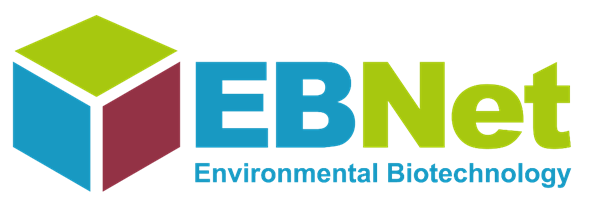Organised by the EBNet Working Group on N2O Emissions from EB
Join the latest webinar brought to you by the N2O Emissions from Environmental Biotechnologies Working Group.
Microbial reduction of nitrous oxide: a decade of ecophysiological investigation and development into a viable greenhouse-gas removal technology. By Dr Sukhwan Yoon, Department of Civil and Environmental Engineering, Korea Advanced Institute of Science and Technology (KAIST), Daejeon, South Korea
Since the first reports of the genomic and physiological evidence of the novel nosZ clade, now termed nosZ clade II, microbial reduction of nitrous oxide (N2O) has attracted many in search of environmental technology for mitigation of emission of this potent greenhouse gas. Beginning with the breakthrough discovery revealing that certain subgroups of clade II nosZ-possessing organisms have a distinguished ability to consume submicromolar N2O for utilization as the electron acceptor, we, the past and present members of Environmental Microbiology Laboratory at KAIST, have made substantial contributions in advancing the physiological and genomic understanding of N2O reduction, especially pertaining to biological nitrogen removal (BNR) processes in the wastewater sector and nitrogen management of agricultural soils. We have verified, via two disparate avenues of approach, that the clade II nosZ dominate both gene and transcript pools of nosZ in activated sludge microbiomes. In a subsequent study combining culture-based experiments with computational analyses of metagenomes and metatranscriptomes, we have verified that nanomolar N2O consumption can occur in a sustainable manner in microoxic environments and also that the key players belong to the close relatives of the genera Dechloromonas and Azospira, the organisms presumed to be high-affinity N2O-reducing organisms. Additionally, we have applied these new scientific insights in developing a self-sustaining N2O biofiltration system, which can be implemented as a practical addendum to any BNR systems with minimal alterations to the plant designs. The presentation will provide a brief summary of these scientific and technological progresses we have contributed to the field over the past decade, as well as an introduction of the overarching research direction and long-term plans and objectives of our laboratory.


